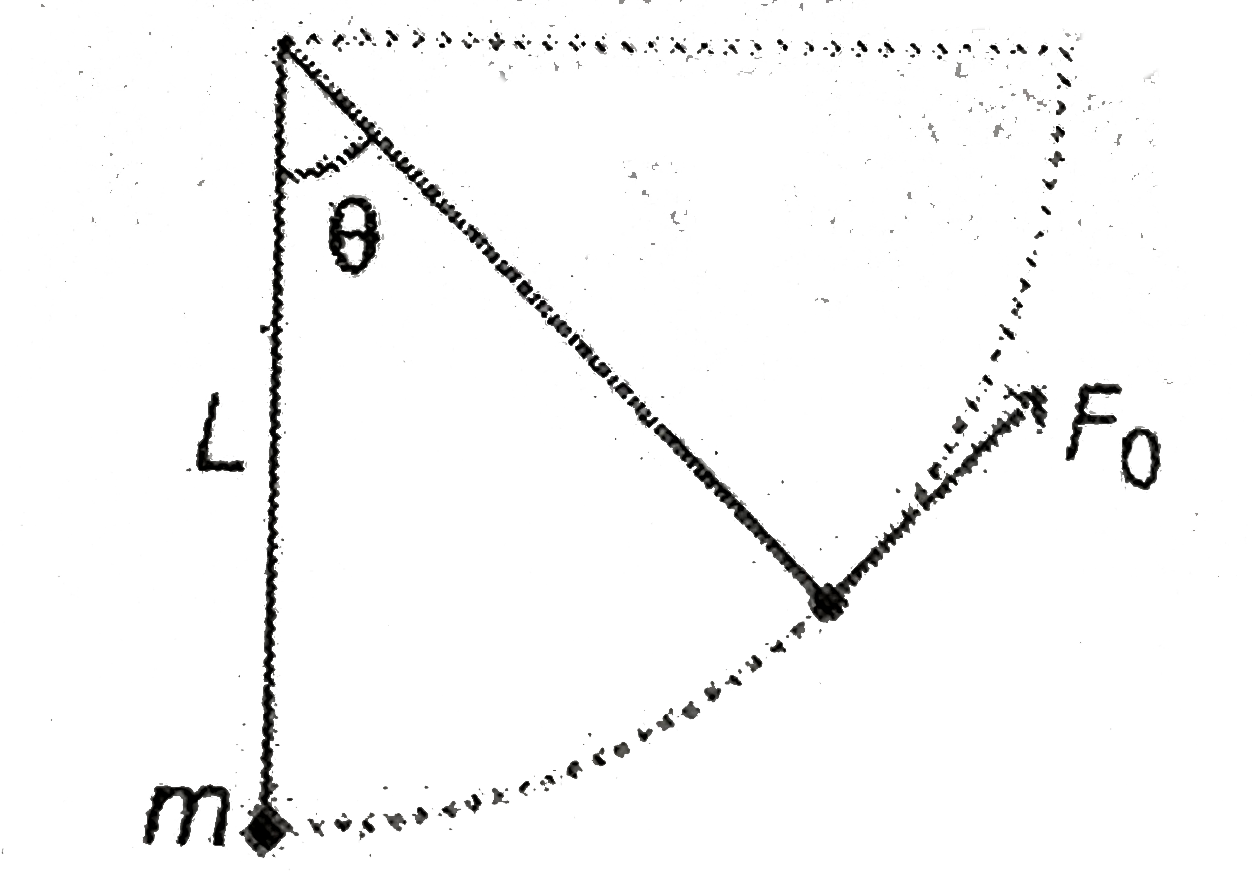When a force of constant magnitude in a fixed direction acts on a moving object, then its path is -
Circular
Parabolic
Straight line
Either (2) or (3)
Step by step video & image solution for When a force of constant magnitude in a fixed direction acts on a moving object, then its path is - by Physics experts to help you in doubts & scoring excellent marks in Class 12 exams.
Updated on:21/07/2023Topper's Solved these Questions
- LAWS OF MOTIONBOOK - AAKASH INSTITUTE ENGLISHCHAPTER - LAWS OF MOTIONEXERCISE - Assignment (SECTION-B)
44 Videos
- LAWS OF MOTIONBOOK - AAKASH INSTITUTE ENGLISHCHAPTER - LAWS OF MOTIONEXERCISE - Assignment (SECTION-C)
63 Videos
- LAWS OF MOTIONBOOK - AAKASH INSTITUTE ENGLISHCHAPTER - LAWS OF MOTIONEXERCISE - EXERCISE
69 Videos
- KINETIC THEORYBOOK - AAKASH INSTITUTE ENGLISHCHAPTER - KINETIC THEORYEXERCISE - EXERCISE (ASSIGNMENT) SECTION - D Assertion - Reason Type Questions
10 Videos
- MAGNETISM AND MATTER BOOK - AAKASH INSTITUTE ENGLISHCHAPTER - MAGNETISM AND MATTER EXERCISE - ASSIGNMENT (SECTION D)
26 Videos
Similar Questions
A straight rod AB of mass M and length L is placed on a frictionless horizontal surface. A force having constant magnitude F and a fixed direction start acting at the end A. The rod is initially perpendicular to the force. The initial acceleration of end B is
View SolutionA force of constant magnitude starts acting on a moving particle when it is at some point 'P'. Depending on the orientation of the force, the particle may
a) pass through point P at some time later
b) not return to point P
c) describe a circular path
d) describe a parabolic path
View SolutionWhen the force of constant magnitude always act perpendicular to the motion of a particle then :
View SolutionA force of constant magnitude F0 is applied in the tangential direction as shown in the figure. Assume that the bob is at its lowest point initially.

View SolutionAssertion: In projectile motion, the acceleration is constant in both magnitude and direction but the velocity changes in both magnitude and direction.
Reason: When a force or accelration is acting in an oblique direction to the direction of velocity then both magnitude and direction of the velocity may be changed.
View SolutionA force of constant magnitude F acts on a particle moving in a plane such that it is perpendicular to the velocity →v(|→v|=v) of the body and the force is always direct towards a fixed point. Then the angle turned by the velocity vector of the particle as it covers a distance S is (take mass of the particle as m)
View SolutionAn object of mass m moves with constant speed in a circular path of radius r under the action of a force of constant magnitude F. the kinetic energy of object is
View SolutionIf the acceleration of a particle remains constant in magnitude but not in direction, is its path necessarily a straight line or a circle ?
View SolutionA particle is moving under the influence of a force which is fixed in magnitude and acting at an angle θ in the direction of motion. The path described by the particle is
View SolutionA force F of constant magnitude acts on a block of mass 'm' and t=0,initially along positive x-direction. The direction of force F starts rotating with a constant angular velocity ω in anticlockwise sense. Then the magnitude of velocity of the block as a function of time 't' is ( initial block was at rest )
View Solution
